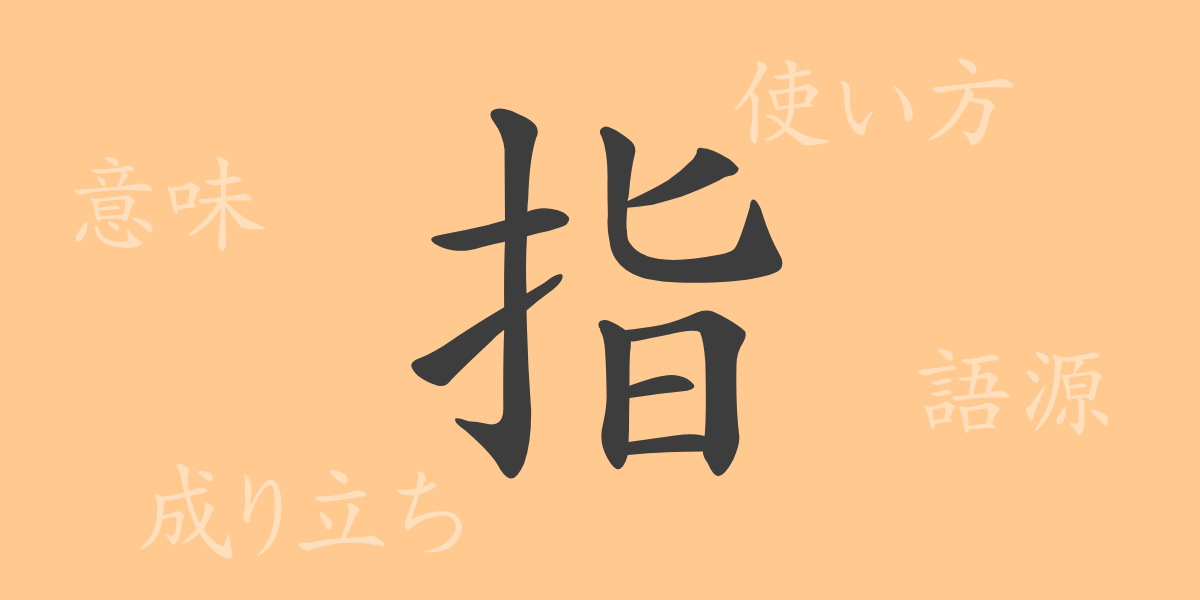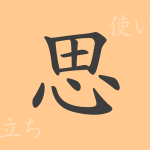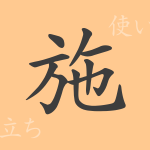The kanji “指(ゆび)” represents an essential part of our daily lives as it refers to fingers, an integral part of the human hand. This character is cherished as a common kanji in Japanese, symbolizing not just physical parts of the body but also various actions and emotions. Let’s delve deep into the world of “指(ゆび)” from its origins to idiomatic expressions.
Origin of 指(ゆび) (Etymology)
The kanji “指(ゆび)” has its origins in ancient China. As a pictogram, it is modeled after the shape of a hand, representing human fingers. Over time, the form and meaning of this character have been refined through various cultures, leading to its current usage in numerous words and expressions.
Meanings and Uses of 指(ゆび)
While “指(ゆび)” literally refers to the five movable parts at the end of the hand, it also holds various other meanings and uses. It is used to denote the act of pointing or indicating something and to suggest or imply things. Additionally, it appears in metaphorical expressions like “指導(しどう)” (guidance) and “指摘(してき)” (pointing out).
Readings, Stroke Count, and Radical of 指(ゆび)
How is the kanji “指(ゆび)” read and what are its characteristics in Japanese?
- Readings: The on’yomi (音読み) reading is “シ(shi)”, and the kun’yomi (訓読み) reading is “ゆび(yubi)”.
- Stroke count: The kanji “指(ゆび)” has a total of 9 strokes.
- Radical: The radical is 扌(てへん), associated with hand-related kanji.
Idioms, Phrases, and Proverbs Using 指(ゆび)
There are numerous idioms, phrases, and proverbs in Japanese that incorporate “指(ゆび)”. Let’s explore some of them and their meanings.
- 指切り(ゆびきり) – An act to firmly seal a promise.
- 指南(しなん) – To guide or give directions.
- 指摘(してき) – To clearly point out issues or problems.
- 指導(しどう) – To lead and teach others.
- 指標(しひょう) – A standard or benchmark for something.
These idioms and phrases are frequently used in daily conversations and business contexts, enriching Japanese expressions.
Conclusion on 指(ゆび)
The kanji “指(ゆび)”, deeply rooted in our lives, has evolved over a long history from ancient China to the present day. In Japanese, its usage is rich in idioms and expressions, reflecting the depth of the language. Visually and sensorially, “指(ゆび)” plays a central role in our communication. Understanding its various readings and uses can deepen your comprehension of Japanese.

























